Art teacher saw crucifix restoration as part of his life’s mission
Lonnie Tapia of Tolton Catholic repaired, colorized crucifix from Cathedral for use in Newman Center

CLICK HERE to read a related story.
SCROLL THE ARROWS to see 31 more photos.
What happens when an artist becomes clay in the hands of the Creator?
Lonnie Tapia wasn’t afraid to find out.
“I’ve felt all along like God was right here, guiding me, and he wasn’t going to let me fail,” said Mr. Tapia, the art teacher at Fr. Tolton Regional Catholic High School in Columbia.
Working late nights in the school’s art room, Mr. Tapia painstakingly restored a broken, 6-foot crucifix that once adorned the sanctuary of the Cathedral of St. Joseph in Jefferson City.
He removed layers of accumulated grime, reconstructed both broken arms and shattered fingers, rusticated the wooden cross and applied layers of pigment to the corpus to draw out the life, the sacrifice, the total self-giving love of God’s only begotten Son.
Mr. Tapia did all this while recovering from painful shoulder surgery.
“But you’re doing it all out of love and passion for your relationship with God and for everyone who will see it,” he stated.
The renewed crucifix was installed in the sanctuary of the St. Thomas More Newman Center in Columbia in time for Good Friday services during Holy Week.
Father Daniel Merz, pastor of the Newman Center Parish, had asked Mr. Tapia to do the restoration upon the suggestion of Tolton Catholic’s bookkeeper, who is a member of the Newman Center Parish.
Mr. Tapia came to recognize the project as an extension of his life’s mission to help his students vanquish fear of failure and embrace their God-given creativity.
Mr. Tapia spoke of all of this while working in front of a mural depicting the life and ministry of Tolton Catholic’s namesake, Venerable Father Augustus Tolton, the first recognizably Black, Roman Catholic priest in the United States.
“Father Gus ... he is my mentor and my friend,” said Mr. Tapia. “I pass by him a dozen times a day, looking at him all the time. I sometimes remind my students, ‘Look who’s watching.’”
Far from home
Mr. Tapia and his wife Susan have been married for 48 years. They have two adult sons and nine grandchildren.
“I tell her everything,” Mr. Tapia stated. “She’s my partner and knows about all of this.”
His own childhood was difficult. By the time he was 10, he had attended 16 schools, including about a year and a half at the former Sacred Heart School in Columbia.
“You’ll hear no complaints from me,” the artist insisted. “This is all just part of who I am.”
He discovered his talent for creating art and set about mastering the fundamentals of painting, sculpture and graphic design, along with a healthy dose of salesmanship.
He has produced hundreds of artworks in various forms and styles.
He’s a widely recognized pioneer in the realm of Instinctivism (fatherofinstinctivism.com), a mode of artistic expression that involves laying down and connecting lines and shapes drawn from memory and the artist’s imagination.
He excelled in the early part of his career at advertising and corporate merchandising, securing for himself and his young family a comfortable lifestyle in New York City.
But he came to realize that all of this was taking a toll on his soul.
In 1995, he and Mrs. Tapia decided to move their family back to Missouri, where he started his own business, TapiaConcepts.
In 2013, he accepted the role of art teacher at the recently established Fr. Tolton Regional Catholic High School.
“I never thought I’d wind up teaching,” he recently acknowledged, “and I never figured that I’d be teaching in a Catholic school.”
Yet, “being here has brought about some of the most profound changes in my life,” he said.
“God has a plan”
From Day 1 at Tolton Catholic, Mr. Tapia’s focus has been on helping students unleash their creativity.
“How do you motivate and inspire kids?” he asked aloud. “First, you have to help them give up their fear to fail. That’s the key. When they get past that, you can move them to take risks and let their creativity flourish.”
In the off hours, he goes about redefining his own limits, leaving the day-to-day progress on his own artwork as a testament to his students.
That’s where Mr. Tapia’s faith in God finds some of its clearest expression.
“Did I ever think I was going to become a religious artist? Never,” he said. “But God has a plan, and he’s rewritten the person who I am and made me one of his tools, and I’m really comfortable with that.”
That relationship has grown in proportion to Mr. Tapia’s spiritual friendship with the person of Fr. Tolton.
Born into a family of enslaved people in part of what is now the Jefferson City diocese in 1854, Fr. Tolton was baptized where St. Peter Church in Brush Creek now stands.
He recognized and pursued his priestly calling, eventually joining a missionary society and getting ordained in Rome, because no U.S. seminary at that time would accept a Black man.
Fr. Tolton was sent back to serve as a missionary in Quincy and Chicago.
He patiently bore the manifestations of racism throughout his ministry until his death at age 43.
“Being guided”
Filled with inspiration one night and blessed with ongoing guidance, Mr. Tapia set about creating the Fr. Tolton Life Mural on an untreated wall in his classroom.
He wound up spending about 620 hours of his own time rendering more than 200 Prisma color pencils into some 2 million minuscule dots and dashes that form the 9-by-6-foot artwork.
A few years later, he painted “The Light that Guides the Faithful,” depicting an apocryphal encounter between young, enslaved Augustus Tolton and the priest he would eventually become.
“Whenever I work on religious art, I know I’m being guided,” said Mr. Tapia. “It’s sort of a warm and secure feeling that you get, a sort of love — ‘everything’s good, everything’s okay.’”
Earlier this year, Mr. Tapia completed an image of Our Lady of Sorrows, depicting the Blessed Mother lamenting not only the death of her Son on the cross but also the ingratitude with which his sacrifice has been met by so many through the ages.
Shortly thereafter, Mr. Tapia awoke from a dream, filled with inspiration and a strong conviction to paint an image of Jesus, crucified.
Fr. Merz contacted the artist the next day about restoring the broken crucifix that had been claimed from the Cathedral during its recent renovation.
The half-century-old crucifix, colored to match the white Travertine marble in the Cathedral sanctuary, was worn and chipped in several places, and one of the arms and the fingers had been broken into 18 pieces during the removal.
Upon hearing about the request, Mr. Tapia’s wife reminded her husband about the dream he had recently had.
“I knew I was supposed to do a painting of Jesus,” he noted. “It turns out that it was supposed to be a three-dimensional painting!”
The artist immediately accepted the challenge, despite his recent shoulder surgery.
“More of a passion”
Like the Fr. Tolton Life Mural, the crucifix took on a life of its own.
“Working with Jesus — it’s not just a project, it’s more of a passion,” Mr. Tapia stated.
The tedious reconstruction and restoration work forced him to be creative, to find ways to make it all work.
He liked the idea of his students seeing each day’s progress and thinking, “If he can do that, then certainly I can do whatever he’s encouraging me to do.”
He could have simply repaired the arms, reassembled the 18 shattered pieces back into a hand, and reapplied the neutral, monochrome paint.
Instead, he chose to add signs of fading life to the eyes; subtle but noticeable trails of blood from each wound; and hair cast askew by wind and sweat.
He fashioned an unusual fragment of a tree trunk that had been given to him years previously into the weathered sign Pontius Pilate had placed above Jesus’s head, proclaiming his kingship.
“This has been an impactful journey for me and for my students,” the artist stated. “They saw it when it was still cracked and broken. They’ve watched me go through the struggles with it.”
Mr. Tapia also felt the reassurance that has been guiding his work since he arrived back in Columbia.
“I looked upon this pitted and shattered body and started thinking, ‘What did Christ feel on the cross? What did he truly feel? And what would he say to me today if he were watching me do this work?’” he said.
“My mission”
This year’s diocesan Teacher’s In-Service was held at Tolton Catholic, giving Catholic school teachers from throughout the diocese a chance to pass by the art room and see the restoration work on the crucifix up-close.
Some who had seen several of Mr. Tapia’s playful past works in progress were amazed to see him working on something so deep and religious.
Others were inspired by the work itself, including the skillful restoration of what had been broken, and the creative stylization that gives it depth and trueness of life.
“I think that reflects how Mr. Tapia’s gifts have always been a great contribution to Tolton Catholic,” one of his former students stated, “but now he’s bringing in a whole other, very glorious dimension, which is his faith.”
He and several others set about moving the restored crucifix to the Newman Center on the Wednesday of Holy Week.
Then, the left hand broke off of the wrist.
“I was for a moment shocked, confused and terribly disappointed,” Mr. Tapia recalled.
He spent two days repairing and repainting the hand.
The finished work was lifted into position on Good Friday, with only minutes to spare before the blessing.
“The timing was not my plan but it was God’s plan,” the artist stated. “I just didn’t know it at the time. This whole process was guided.”
Seeing the evocative artwork high above the altar inspires Fr. Merz to pray in thanksgiving for Mr. Tapia, his students, and all affected by his artwork.
“Every time Lonnie listens to the inspiration of the Holy Spirit, the whole Church benefits,” he said.
Fr. Merz invited Mr. and Mrs. Tapia to attend this year’s Tolton Ambassadors’ Fr. Tolton Celebration Mass at the Newman Center on April 21. The people applauded when the priest thanked the artist for his hard work and passionate attention to detail.
Mr. Tapia said he believes he’s on a mission to glorify God through his teaching and his art and in promoting devotion to and friendship with Fr. Tolton, the man.
“I have to do more religious art,” Mr. Tapia stated. “And I want my students to try it. I won’t make them, but I want them all to have this feeling.
“I’m willing to do this,” he said. “This is my mission, and I know I will be held accountable for it at the end of my life.”
Comments
Other items that may interest you
Services
The Catholic
Missourian
2207 W. Main St.
Jefferson City MO 65109-0914
(573) 635-9127
editor@diojeffcity.org

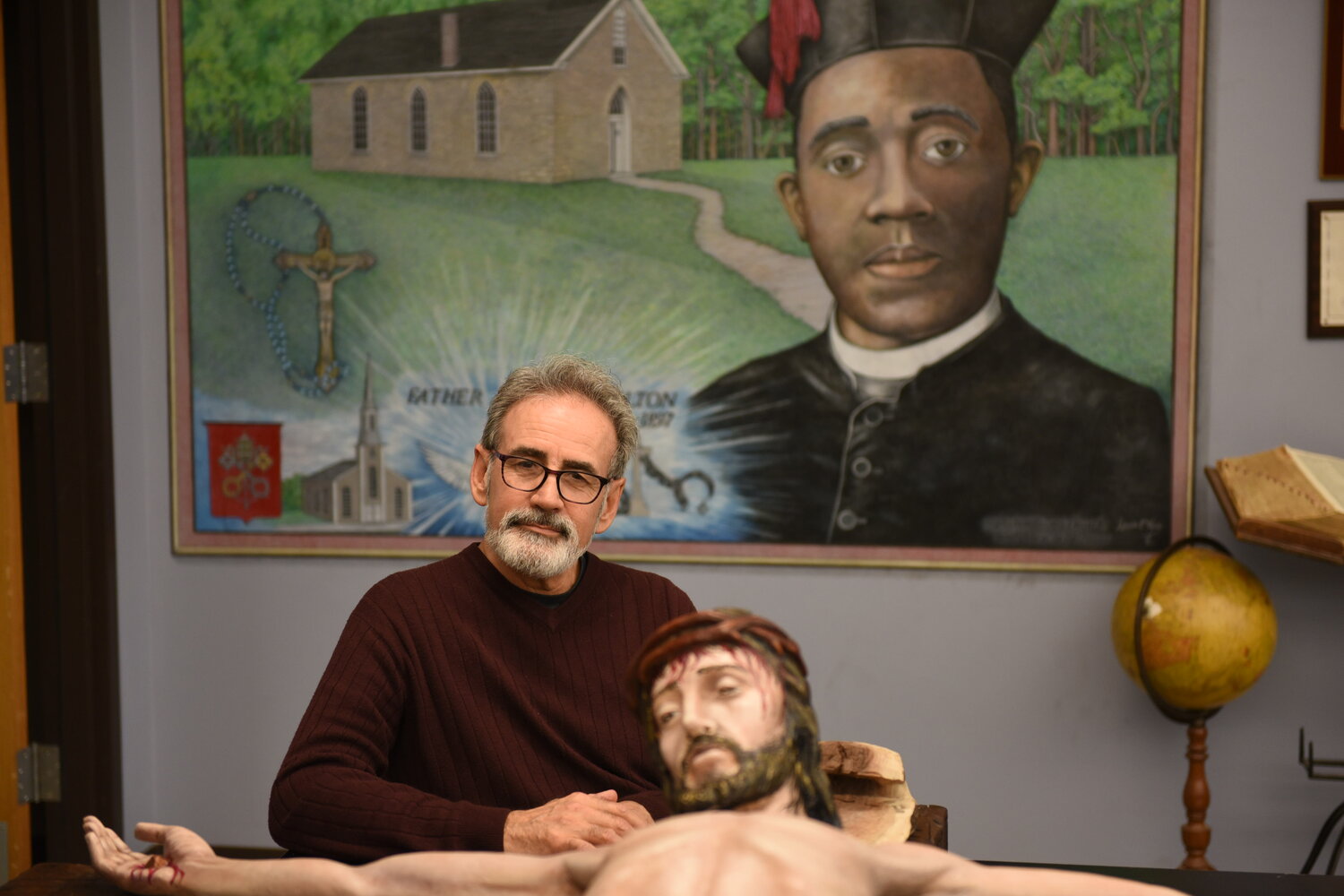
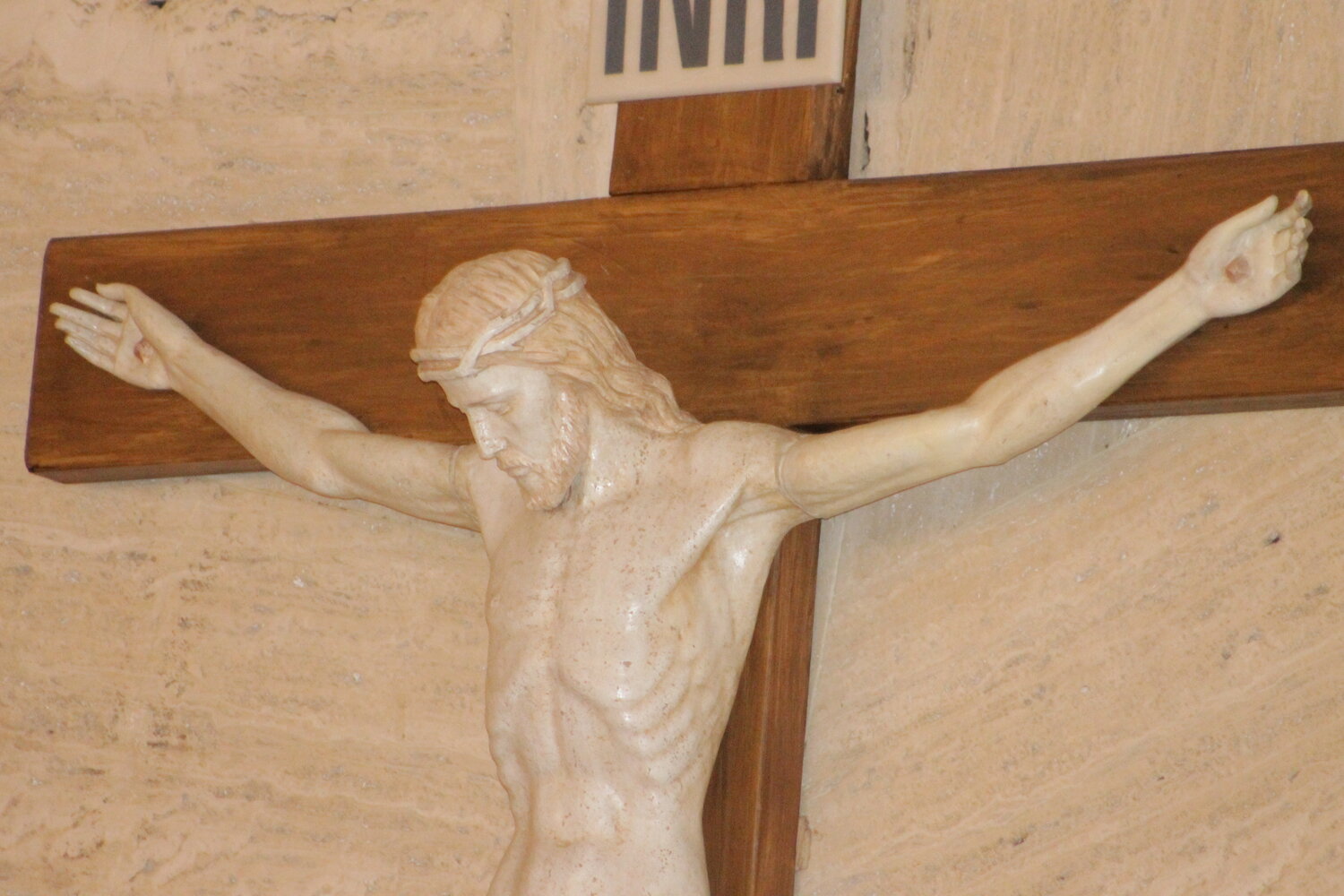

.jpg)
.jpg)

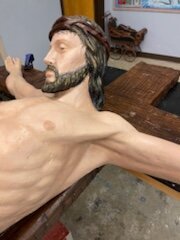
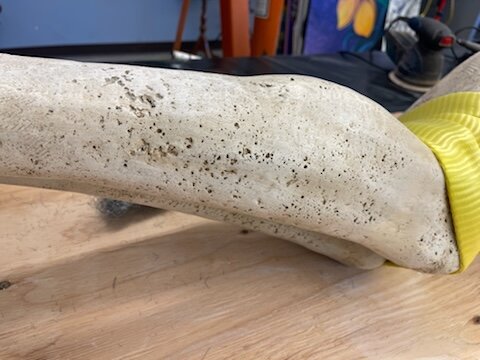
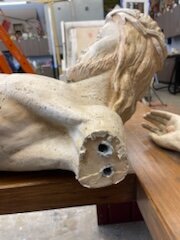

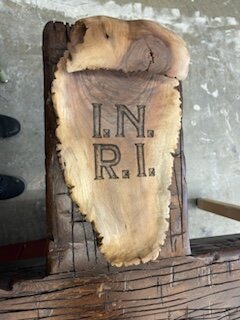
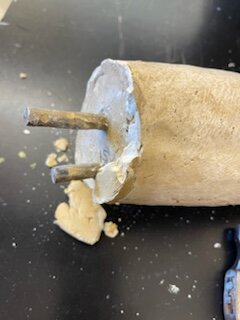

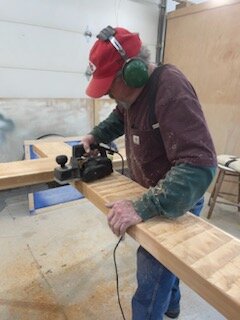
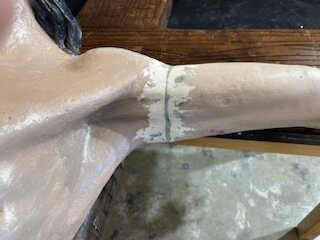
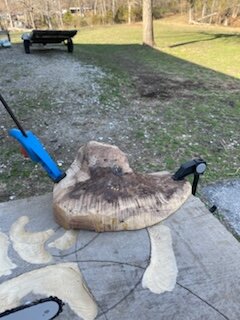

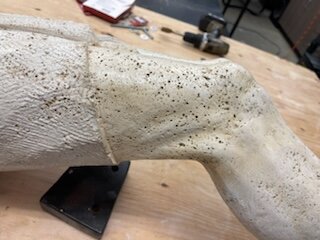
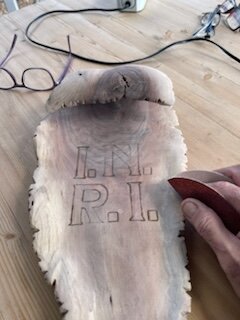
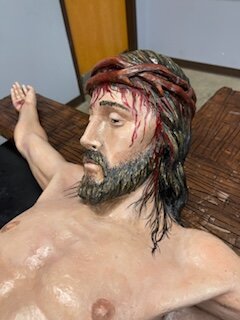
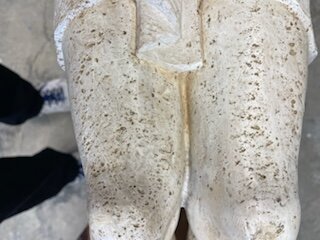
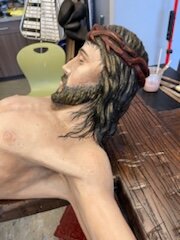
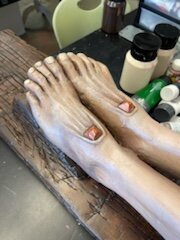
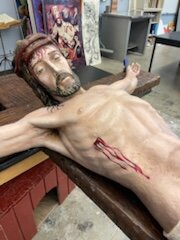

.jpg)




